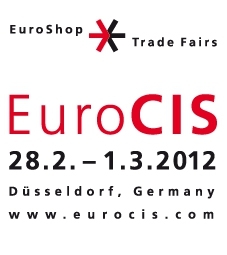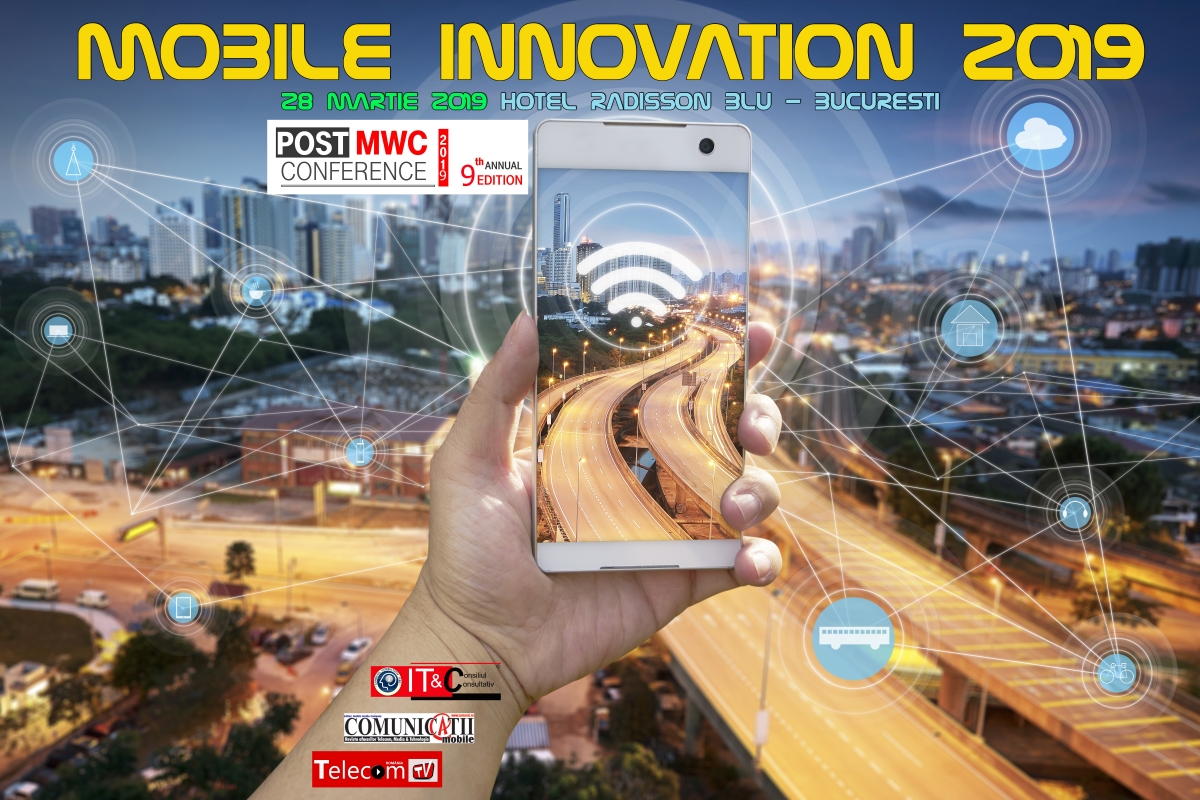
The technology partner is IT-provider Futura Retail Solution AG, Stelle/Hamburg. "At Seidensticker RFID means that every individual article can be tracked across all inventory locations. Entire merchandise packages can be scanned in one go, for example at the goods-in stage or during stock transfer within the warehouse", explains Futura expert Rüdiger Hulla. At Futura they also point out the possibility of linking RFID with the EDI electronic data exchange system, which is in widespread use within the retail trade, and even with article surveillance: "In this process the delivery or goods-in data transferred using EDI simultaneously contains the electronic product code EPC for every individual article. This data can then be downloaded onto the RFID scanner. "In the contact-less, article-scanning process, the goods-in data is compared with the EDI data.
The controlled result is stored and transferred to a database, which can also be used for article surveillance. Conventional article surveillance processes are thus rendered superfluous.
The specialists in IT solutions within the retail sector, which cover all the RFID-supported processes in their merchandise management systems, also include Torex Retail Solutions, Berlin. In this connection, the checkout and retail branch management solution from Torex is used in all the "Houses of Gerry Weber" throughout Germany. For Gerry Weber, during the production stage, the RFID tag containing the clearly recognizable individual serial number (EPC) is sewn into all individual articles.
This code is then stored in the merchandise management system. At the goods-in station in the retail branch, the merchandise management system transfers a list of the incoming components to the Torex checkout system. After scanning the incoming products, the POS solution receives the individual serial numbers of all new components using mobile data registration (MDR) and stores them in a database in the back-office.
The data for those components currently located within the store can thus be accessed on the retail branch PC at all times. Christian von Grone, General Manager IT at Gerry Weber: "At all 425 stores RFID has been in operation since March 2011 almost error-free. Up to now there have been no problems also as far as the checkouts with scanning of the RFID labels are concerned."





